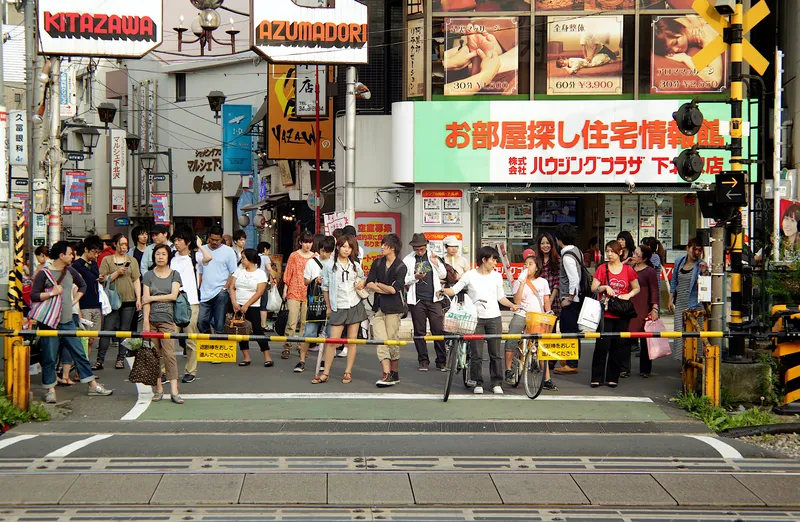
Nokia says its analytics detect abnormal events by applying machine learning-based artificial intelligence to available camera images. It can operate at reduced bandwidth in remote sites which may have limited connectivity.
John Harrington, head of Nokia Japan, says: “By running machine learning analytics on camera feeds, and sending solely relevant scenes and events to operators, the full benefits of video surveillance can be realised in a wide variety of settings – with rail crossings a particularly relevant use case.”
According to Nokia, the analytics can provide real-time alerts for unauthorised entry into remote facilities. The product can also alert supervisors when personnel or equipment access unsafe locations in industrial settings or when heavy machinery is out of position creating a hazard, the company adds.
Odakyu has 229 crossing points across 120.5km of rail track, with 137 radar systems for object detection.










